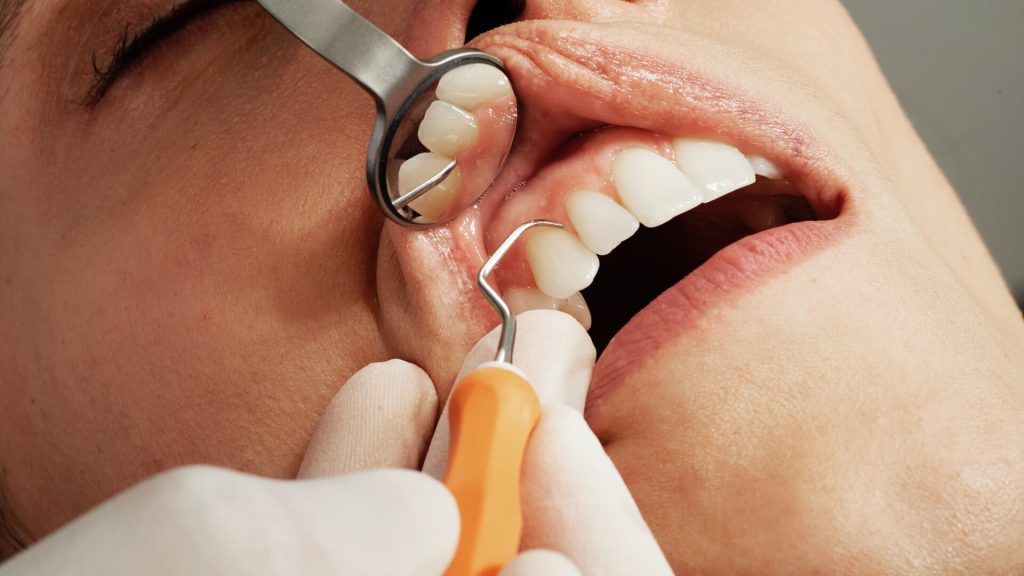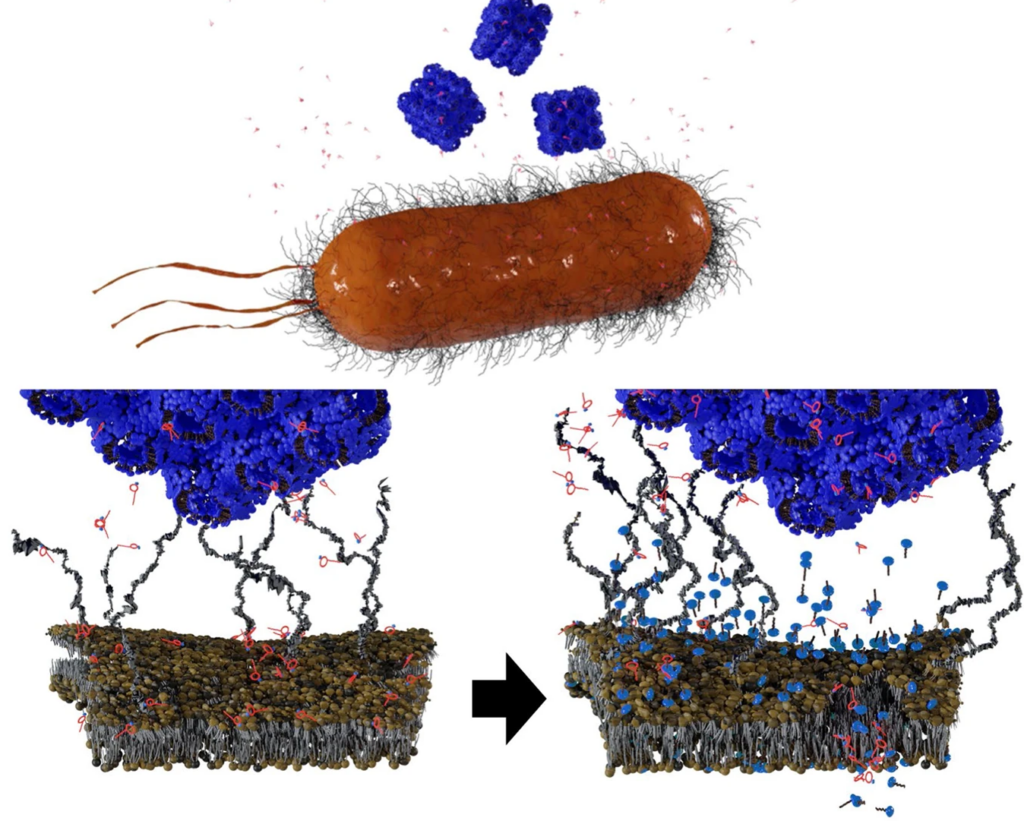Long-term Marijuana Use Could Impact Male Fertility

Chronic use of marijuana could greatly impact male fertility and reproductive outcomes, according to a new study appearing in Fertility & Sterility. This is the first study to assess the impacts of typical substance use on testicular function via a mode of delivery, and dosage.
Robust research in animal models has shown that cannabis negatively impacts male fertility. Researchers monitored the reproductive systems of healthy male nonhuman primates following exposure to THC, the main psychoactive ingredient in marijuana.
The nonhuman primates in the study received a THC edible once daily over the course of seven months. Their THC dose was based on published medical marijuana acclimation recommendations for humans, and was increased every 70 days in alignment with the animals’ sperm development cycle. Dose adjustments were made until it reached the equivalent of a heavy medical marijuana dose in humans. Semen samples were collected at baseline before initiation of THC, and again at the end of each THC dosing timepoint.
The study found that THC use was linked to significant adverse impacts to the animals’ reproductive hormones, including decreased levels of testosterone and severe testicular shrinkage. “Specifically, we observed a greater than 50% decrease in testicular size,” said senior author Jamie Lo, MD, MCR. “Unfortunately, these effects appeared to worsen as the THC dose was increased, suggesting a possible dose-dependent effect.”
These results align with Dr Lo’s previous studies indicating similar THC-associated impacts to female reproductive hormones and the menstrual cycle.
“These early findings are concerning from a clinical standpoint,” said study lead author Jason Hedges, MD, PhD. “Even moderate doses could have a profound impact on fertility outcomes. While family planning may not be top of mind for those in their late teens and early 20s, the longer-term effects of THC on male reproductive health are not well-defined; it is possible that THC could cause lasting impacts that may alter family planning later in life.”
The researchers will continue to explore the relationship between THC and reproductive health in both male and female nonhuman primates, examining longer term THC exposure impacts, including changes to sperm count and motility, and whether discontinuing use of THC products could reverse adverse effects.
Source: Ohio Health & Science University




